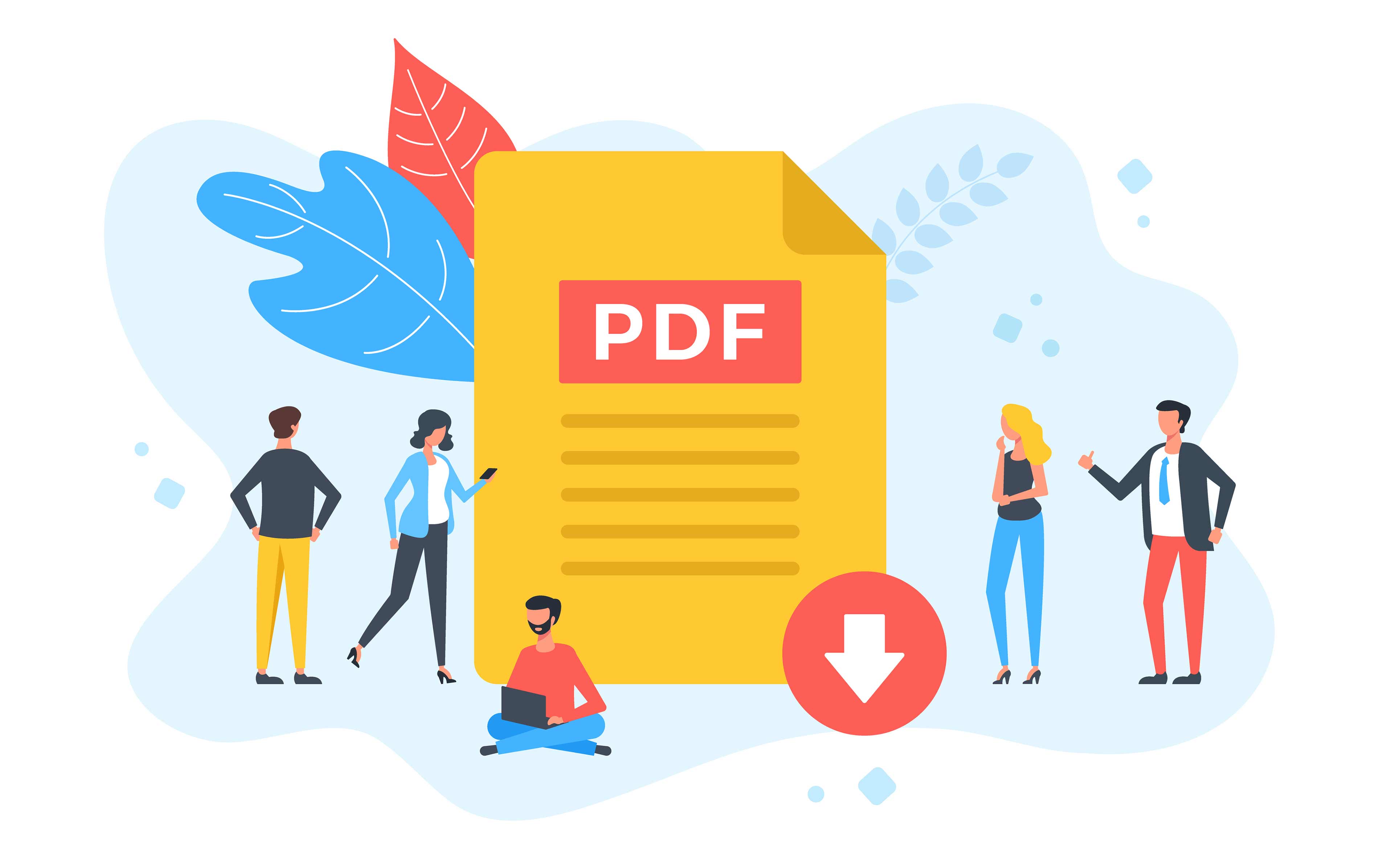The University of Missouri “strives to assure that no qualified person with a disability shall, solely by reason of the disability, be denied access to, participation in, or the benefits of any program or activity operated by UM.” This explicitly includes online programs and activities.
Accessibility is for everyone. Although there are legal mandates requiring us to make educational materials accessible (e.g., the Americans with Disabilities Act and Section 508 of the Rehabilitation Act), accessibility is essentially just good design.
Accessibility Guides
These accessibility guides have been developed by Missouri Online to assist instructors who are creating accessible content in their courses. These guides are not all-encompassing, but are rather intended as resources for the most common accessibility issues for each of the following areas.
Digital accessibility for Microsoft Word
This guide provides tips on creating accessible Microsoft Word documents, covering headings, lists, descriptive links, tables, color contrast, alternative text, and using the built-in accessibility checker.
Americans with Disabilities Act of 1990 (ADA)
You might already know that the Americans with Disabilities Act of 1990 (ADA) requires federal, state and local government agencies to provide equal access to accommodations and facilities. In the physical world, these accommodations include wheelchair ramps, handrails, parking spaces close to building entrances, and so forth.
The ADA also applies to the online world; moreover, Section 508 of the Rehabilitation Act of 1973 specifies that federal agencies must make all electronic information accessible to people with disabilities.
Most studies find that about one fifth (20%) or over 53 million of the population has some kind of disability (CDC Disability and Health Promotion, 2013). Major categories of disabilities types include:
- Visual impairment (blindness, low vision, color blindness)
- Deafness and hearing loss (deafness and hard of hearing)
- Motor impairment (inability to use a mouse, slow response time, limited fine motor control)
- Cognitive disabilities (learning disabilities, autism, ADHD, Down syndrome, traumatic brain injury, dementia)











